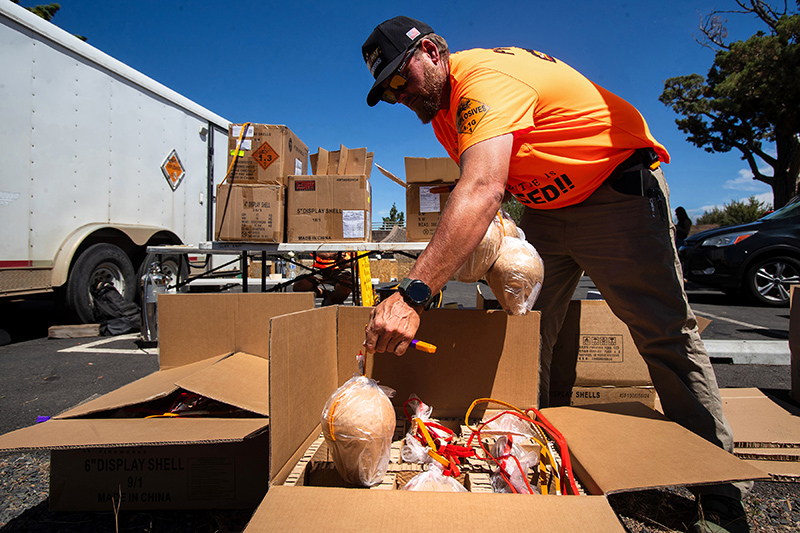Rogue River-Siskiyou National Forest gets new head supervisor
Published 12:00 am Sunday, April 15, 2018
The head of Northern California’s Six Rivers National Forest and a Native American whose career path has been forged with improving tribal relationships has been tapped as the new supervisor of the Rogue River-Siskiyou National Forest.
Merv George Jr. is a former Hoopa Valley tribal chairman who spent 15 years in tribal government before joining the Forest Service in 2008 as the Regional Tribal Relations program manager for the Pacific Southwest Region.
He was the Six Rivers Forest’s deputy supervisor for four years, and his time included short stints as acting forest supervisor at Lassen National Forest in Northern California in 2014 and the Los Padres National Forest in Southern California in 2017.
“Each of the forests had a different personality, but a lot of the job is the same: People management,” George said in a Thursday interview. “I enjoy people and I think it’s time for me to move north.”
George replaces Rob MacWhorter, who retired in January after seven years as supervisor. George’s first day at the Rogue River-Siskiyou National Forest will be May 14, but it’s not his first day on the forest or the Rogue River.
George comes from a family of jet-boat racers, with regular forays to the Rogue, and he admits to having missed “only a handful” of Boatnik festivals in Grants Pass in his 45 years.
“I know the area really well, and I have a lot of friends there,” George said. “The area’s beautiful. I guess the question is why wouldn’t I want to be there.
“So when the job came up, I knew I needed to at least raise my hand,” he said.
George spent four years on the Hoopa Valley Tribal Council while attending Humboldt State University, where he graduated in 1997 with a degree in Native American studies, according to the Forest Service. He also served as council chair.
George was also executive director of the California Indian Forest and Fire Management Council and the Klamath River Inter-Tribal Fish and Water Commission.
George said he jumped from tribal work to the Forest Service to help improve what he often saw as ambivalence in welcoming local communities into decision-making.
“I joined the Forest Service to help with relationships,” George said. “That’s a big deal to me because I’ve been on the outside looking in.”
George gets high marks from Marko Bey, co-executive director of the Ashland-based Lomakasti Restoration Project, who has crossed paths with George during tribal forest stewardship projects in Northern California, including the Six Rivers Forest.
“I think he brings a really strong ability to collaborate and work with diverse communities,” Bey said Friday. “That’s a real skill set.”
Pacific Northwest Regional Forester Jim Pena announced the move late Thursday.
George inherits a 1.8-million-acre forest that stretches from the Cascade Crest and across the northern Siskiyous to the western slopes of the Coast Range. Based in Medford, the forest is the combination of the former Rogue River and Siskiyou national forests that was completed administratively in 2004.
He steps in as forest managers are planning salvage-logging sales and forest rehabilitation from last year’s 191,197-acre Chetco Bar fire in Curry County, new trails programs, and awaiting a decision on its request to increase fees or add new fees to 57 campgrounds, cabins, fire lookout rentals and day-use sites across the forest.
George said he encourages field members to immerse themselves in their remote locations — in some areas the Forest Service is the largest employer — and forge relationships with their communities and not wait for a reason like a forest fire to do so.
“You don’t want to have those awkward first dates after a crisis,” George said.








